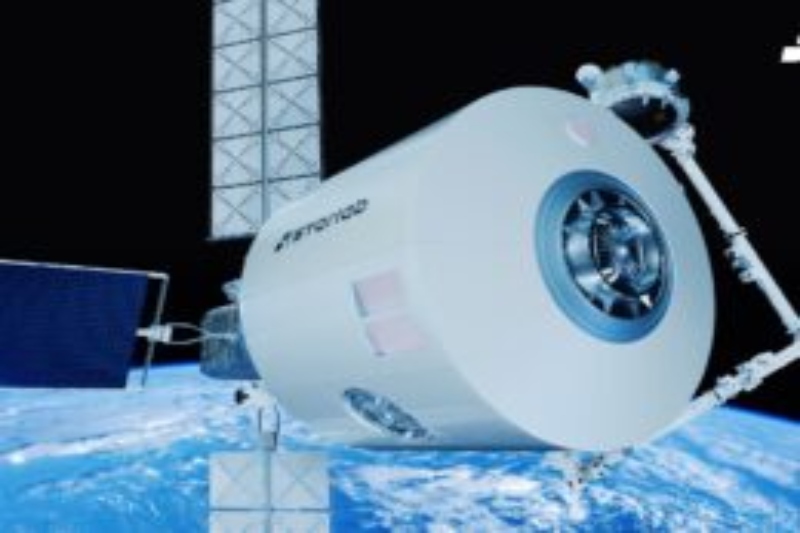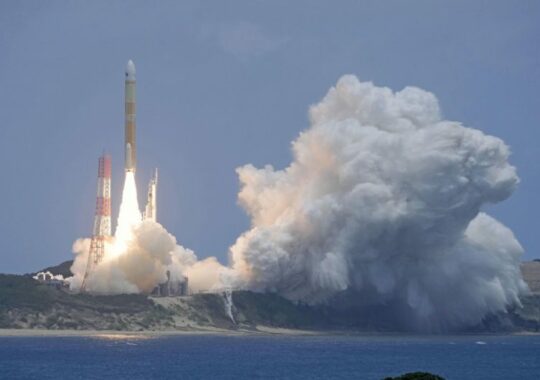Though the one-time delivery option has obvious advantages, the next space station from Starlab Space is so large and heavy that it can only be launched into orbit by the powerful SpaceX Starship megarocket.
A number of commercial companies, including Starlab Space, are vying to launch a commercial space station into orbit before the International Space Station retires in 2030. The business, which is a joint venture between Voyager Space, based in Colorado, and Airbus, based in Europe, said on Wednesday that it has found a launch provider for the mission. You may be familiar with this company.
It is, of course, SpaceX. Because of the anticipated size and weight of the space station, which will be called Starlab, the aerospace company run by Elon Musk will perform the necessary lifting chores using its Starship megarocket. Dylan Taylor, chairman and CEO of Voyager Space, stated in a statement that “Starlab will be launched to orbit in a single flight by Starship,” adding that “SpaceX’s history of success and reliability led our team to select Starship to orbit Starlab.”
You can accomplish big things with massive rockets. In this instance, they enable the delivery of a stainless steel space station that is eight meters (26 feet) wide. These details were revealed in November at a German tech expo by Manfred Jaumann, vice president of Airbus’s low Earth orbit and suborbital programs. Jaumann stated that Starlab will be too big and heavy for any launch vehicle now in use or in development, with the exception of Starship, according to SpaceNews. The precise weight of Starlab is still unknown. However, Starship, also constructed of stainless steel (I’m starting to smell a fetish), is expected to be able to transport 150 metric tons to low Earth orbit, or LEO.
Starship is obviously not ready for prime time just yet. Up till now, the megarocket has only conducted two test flights; a third is scheduled for February. It is challenging to determine a precise timeline for the rocket’s operational flight certification due to its extremely experimental design. This two-stage rocket is the biggest and most potent ever built, with 33 Raptor engines powering it. It is also fully reusable.
When Starlab reaches low Earth orbit (LEO) in 2028, it will be fully outfitted for trouble-free operations on Earth, removing the requirement for space assembly and saving money and time. “It cannot be understated, the significance of the single launch to orbit, not two-three-four launches, to close the business plan,” noted Matt Kuta, president of Voyager Space, in an interview with Payload.
When Starlab is in service, a team of four astronauts will live there permanently to carry out a variety of studies. These studies will make use of its orbital position to benefit from microgravity and exposure to radioactive space environments. Starlab Space plans to serve several researchers, commercial enterprises, and space organizations such as NASA and the European Space Agency (ESA) from this station.
The Starlab team has completed Human in the Loop testing and accomplished significant benchmarks including Systems Requirements and Definition Reviews in the past year. The business intends to work with Hilton Hotels, The Ohio State University, and ESA. Significant changes have just occurred at Starlab Space; Northrop Grumman, which will supply its autonomous Cygnus spacecraft for cargo missions, has replaced Lockheed Martin. NASA has invested $217.5 million in the consortium to fund this endeavor in preparation of its future demands for the space station.





